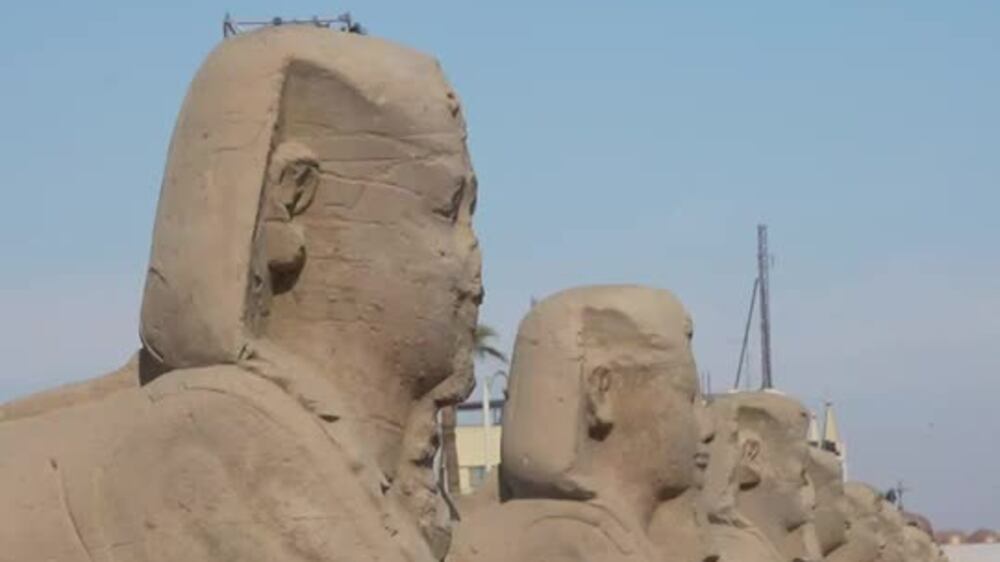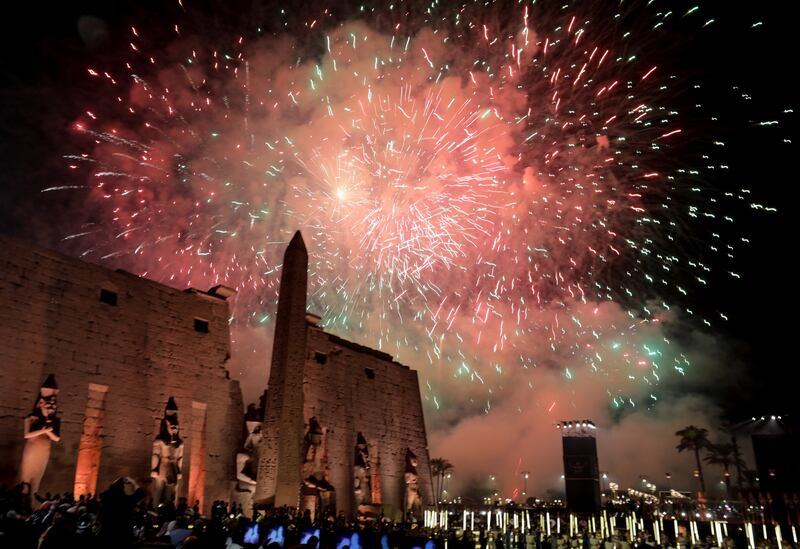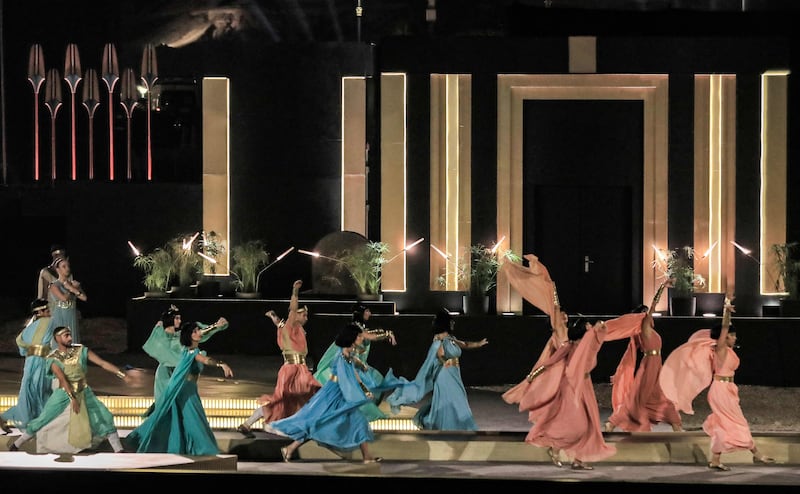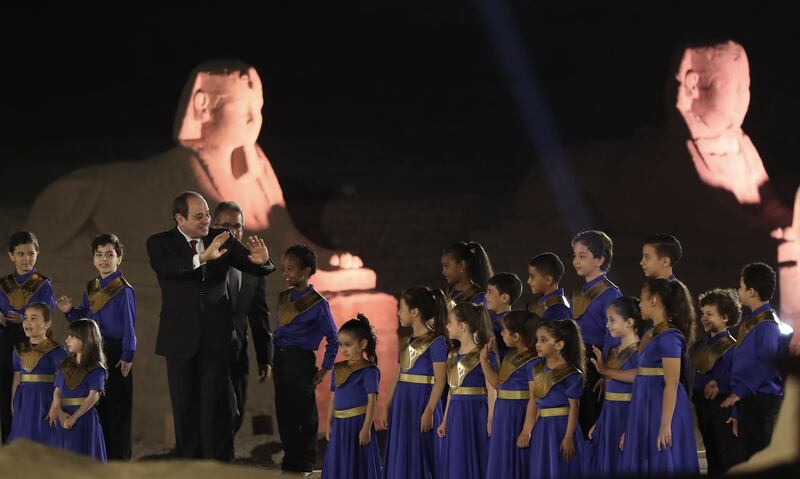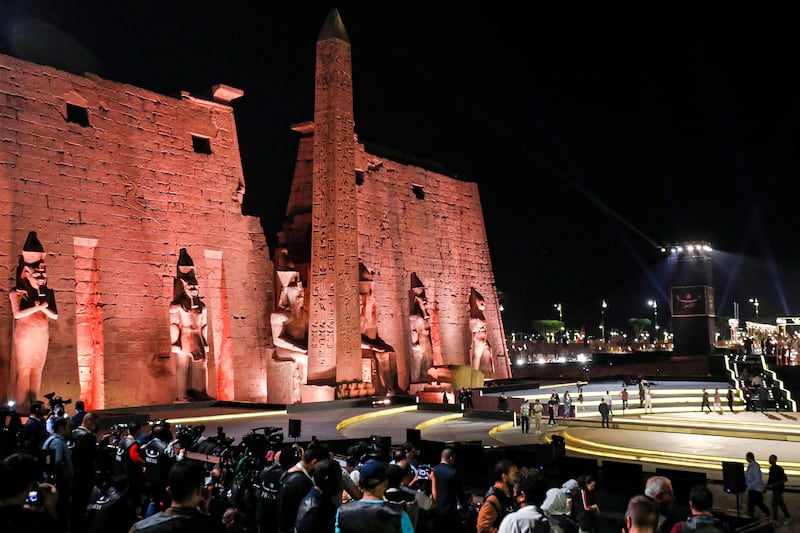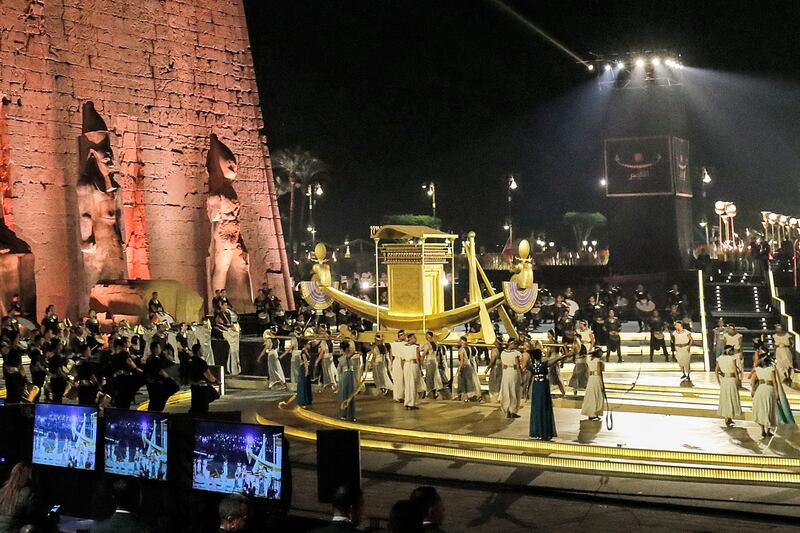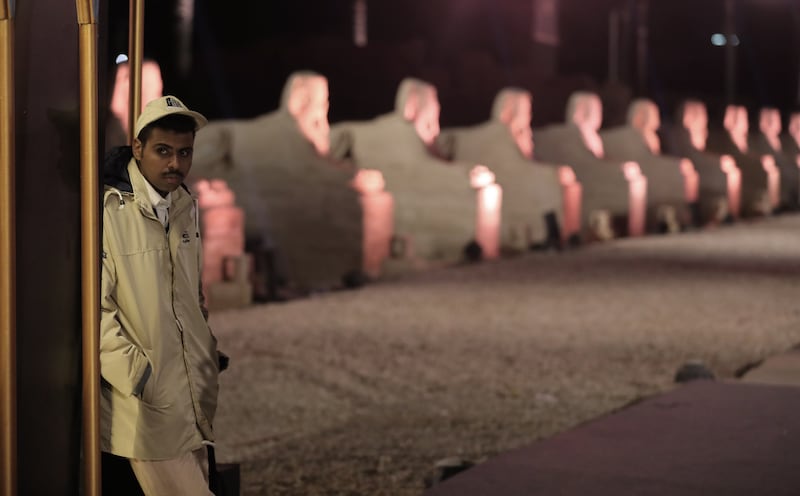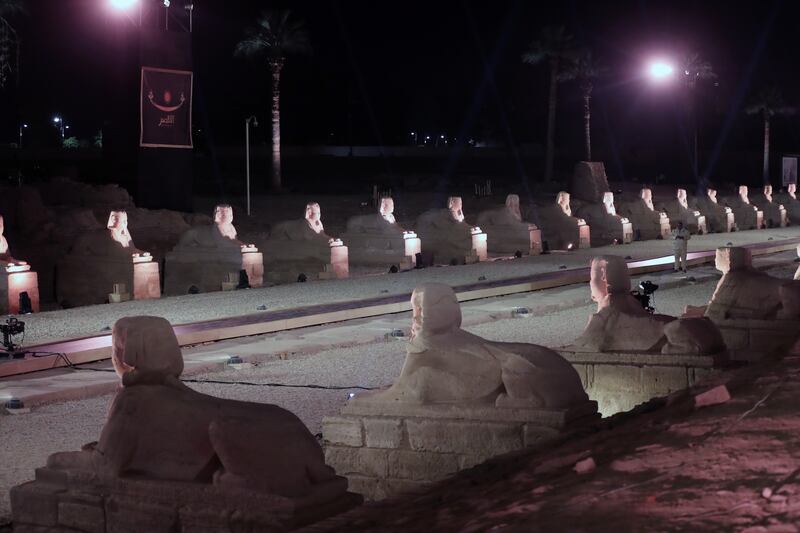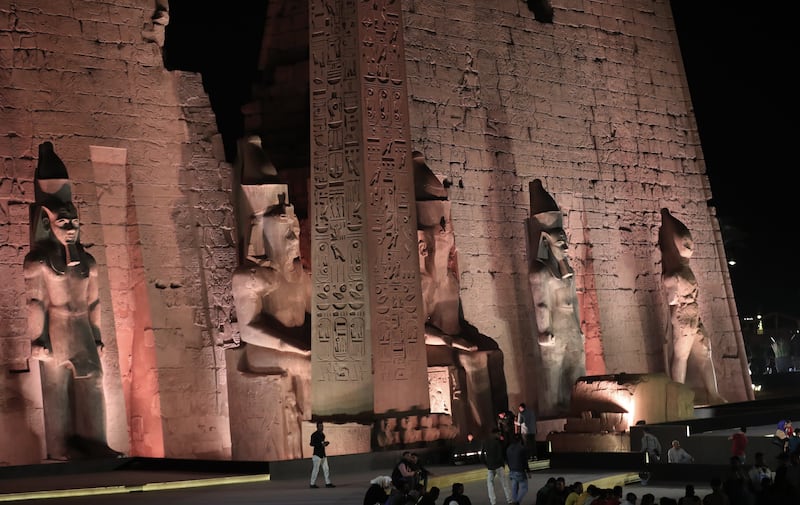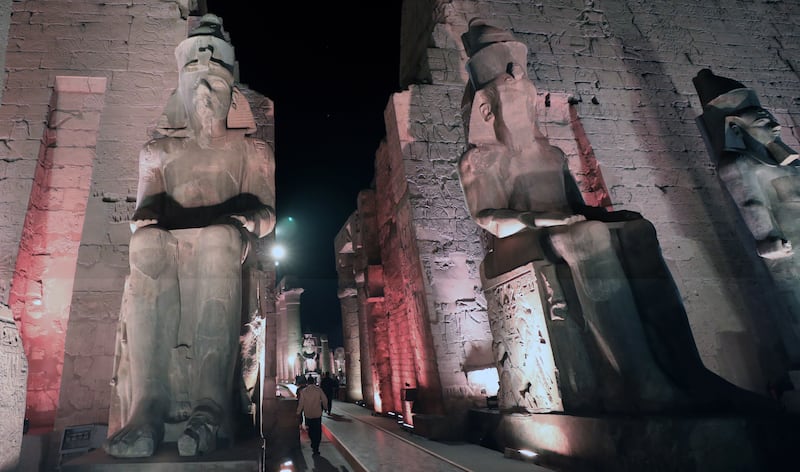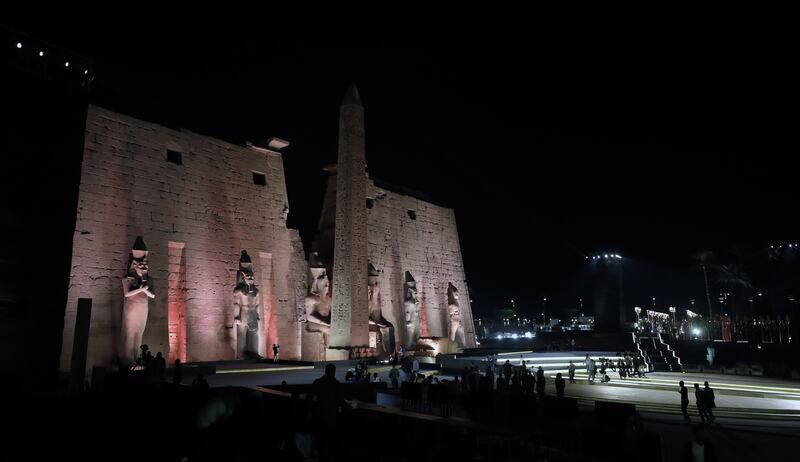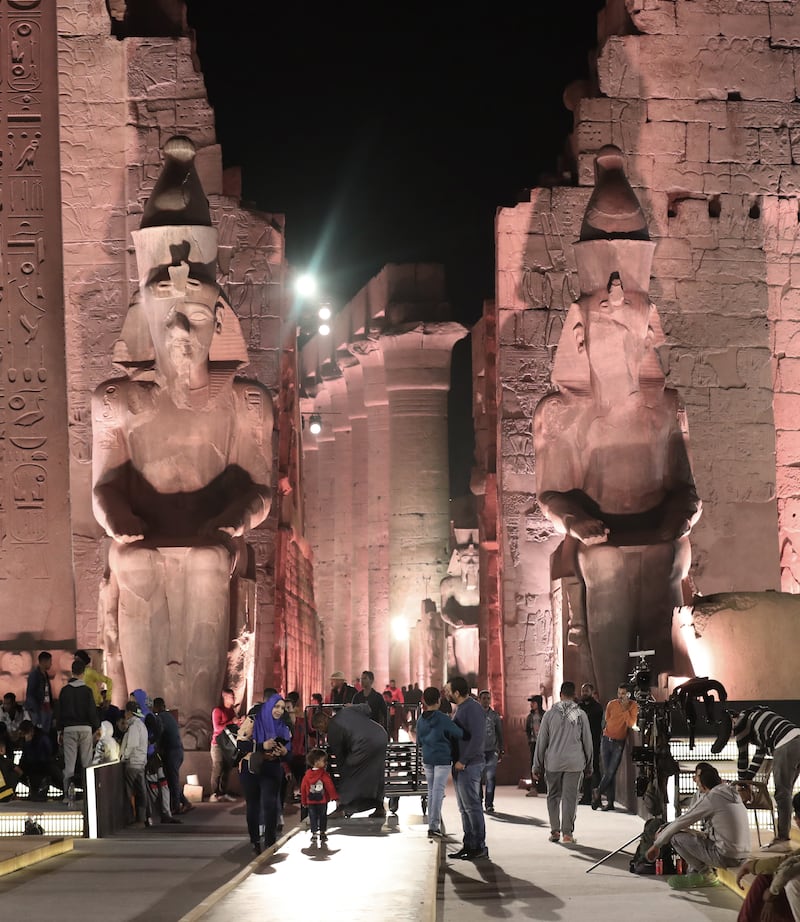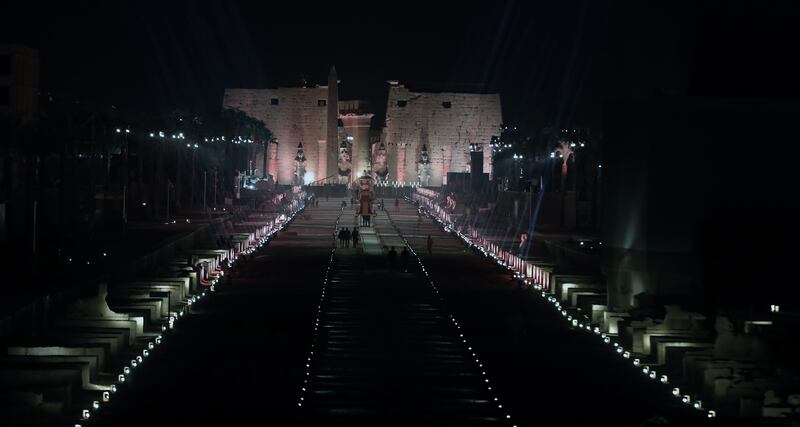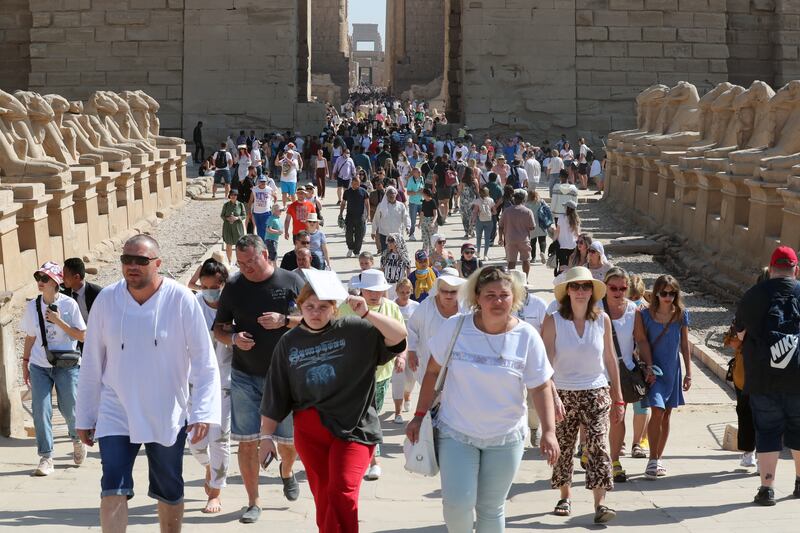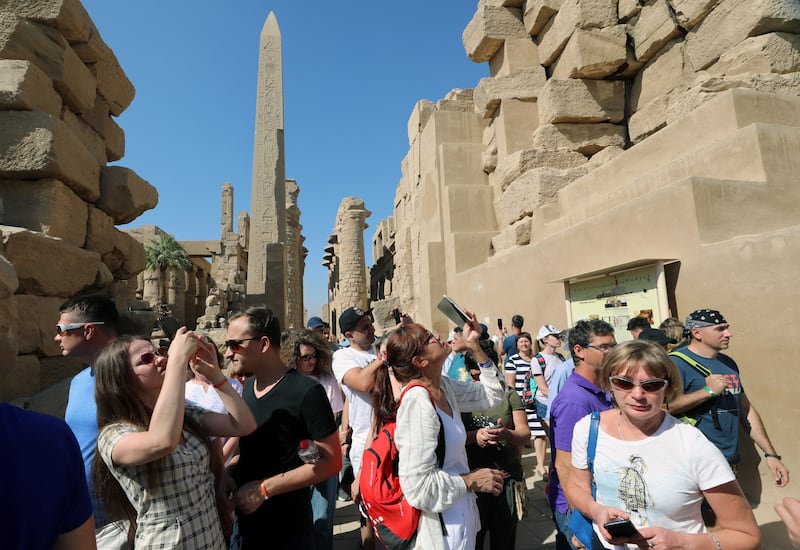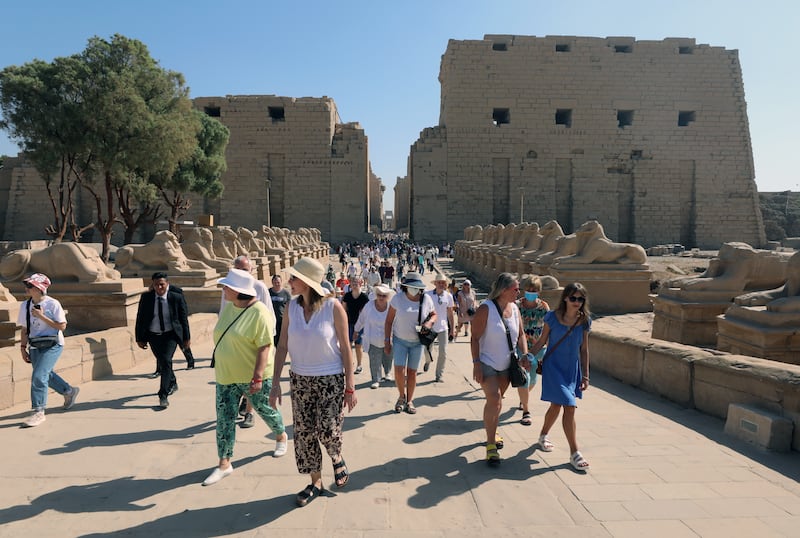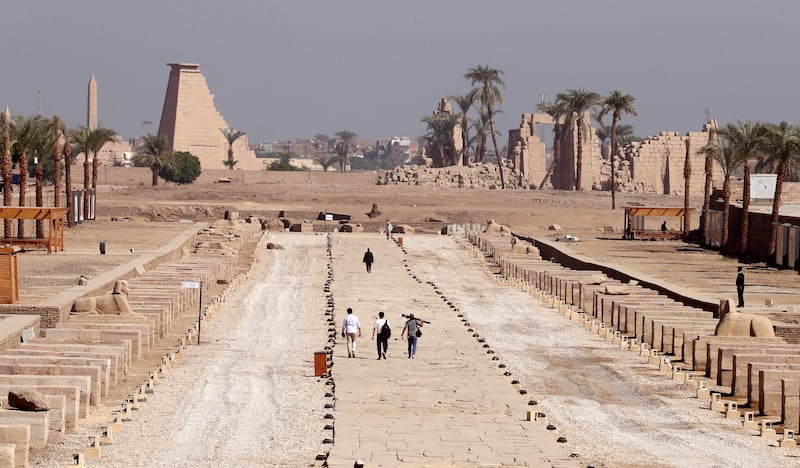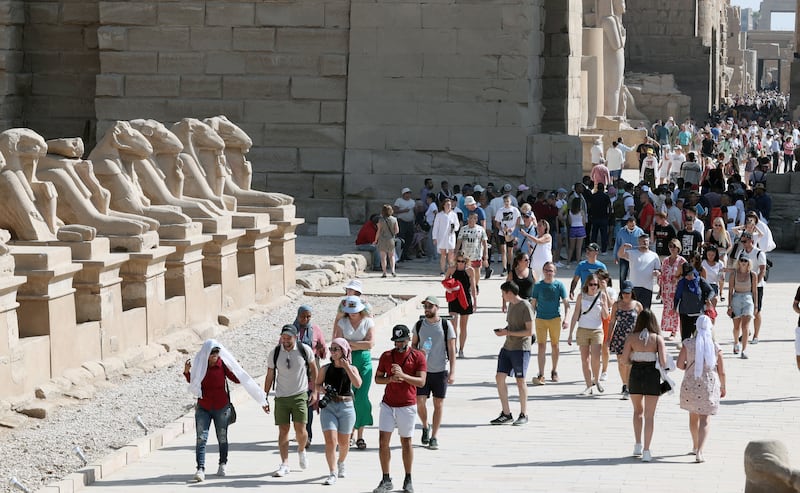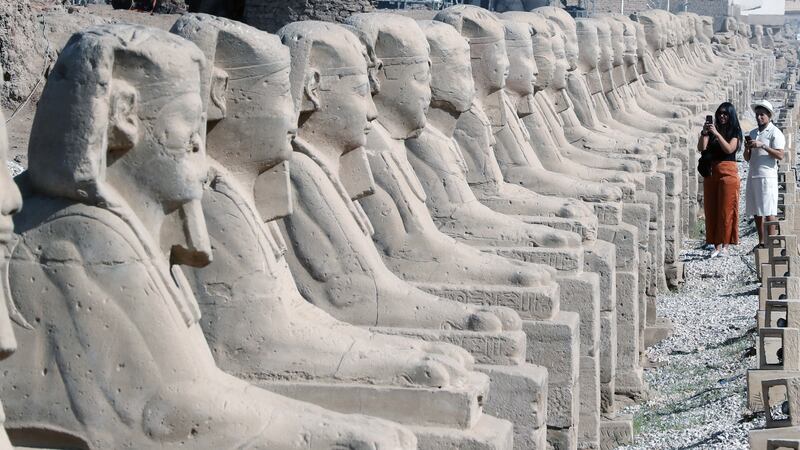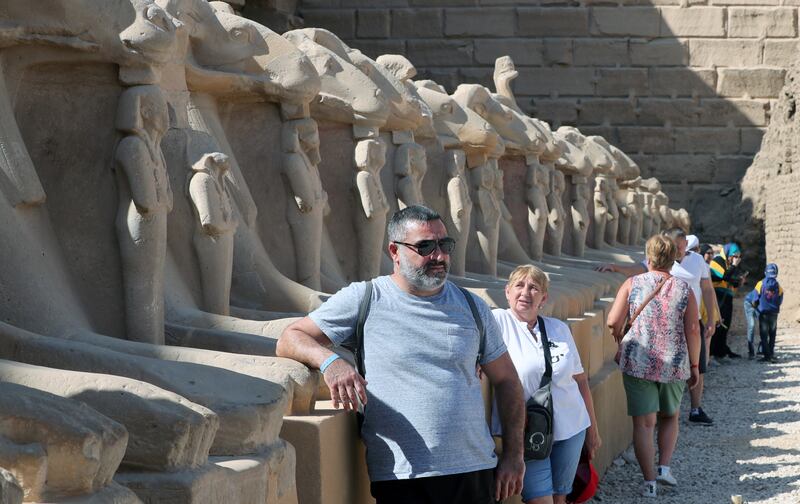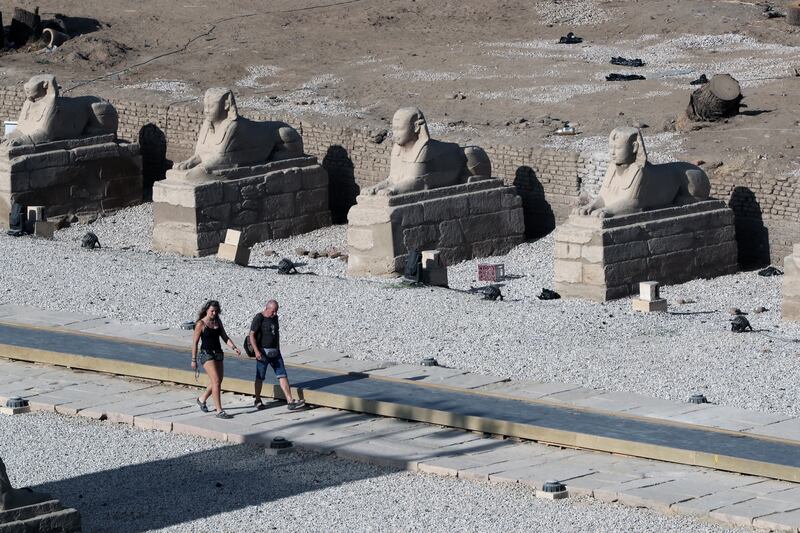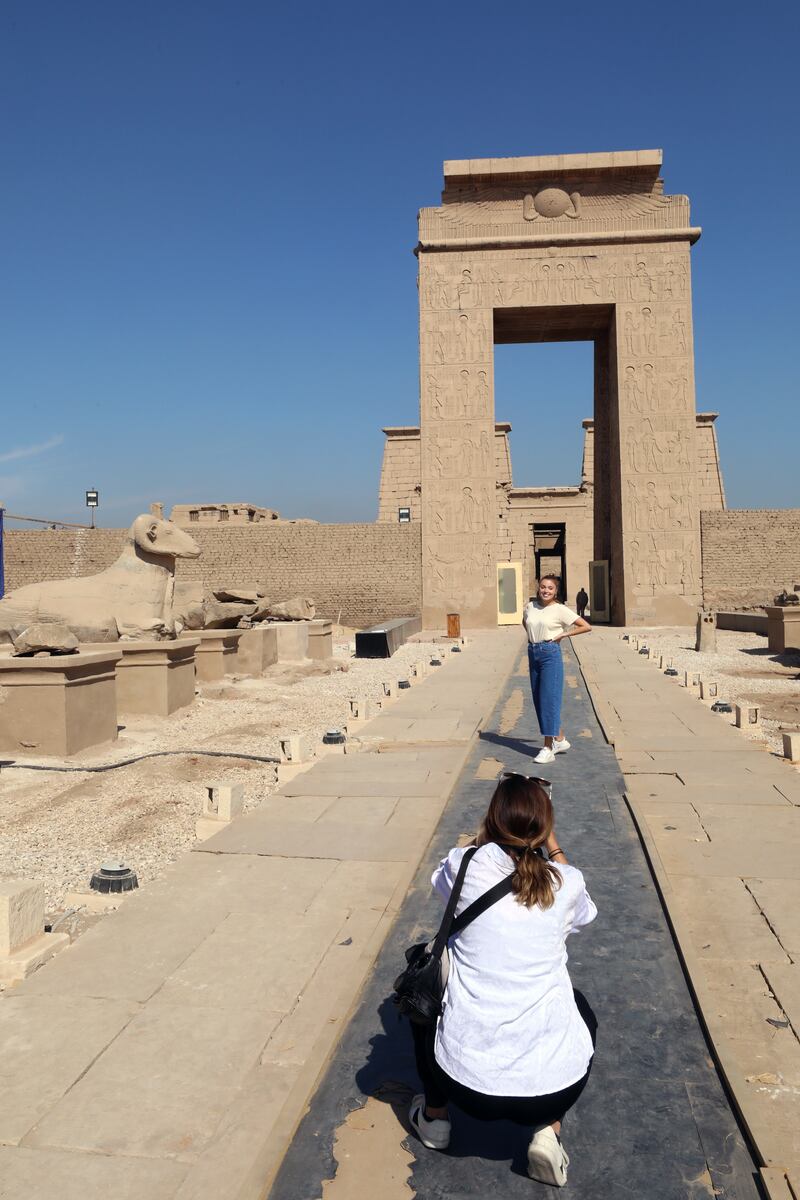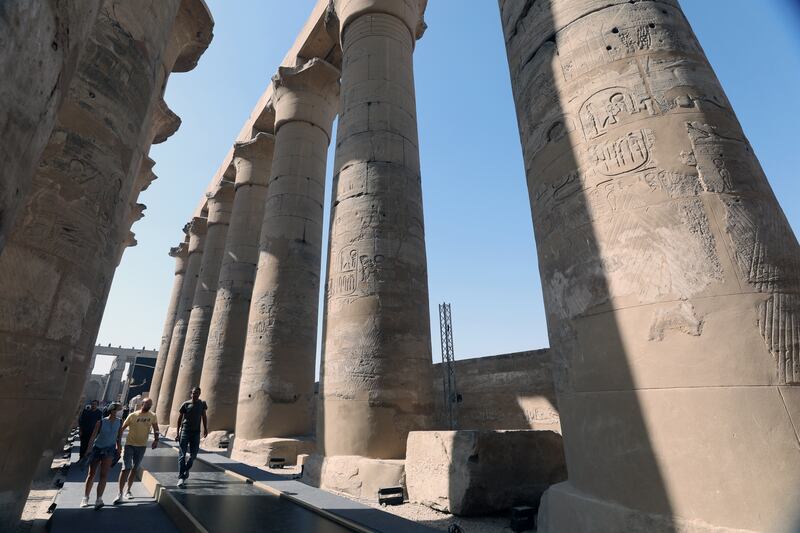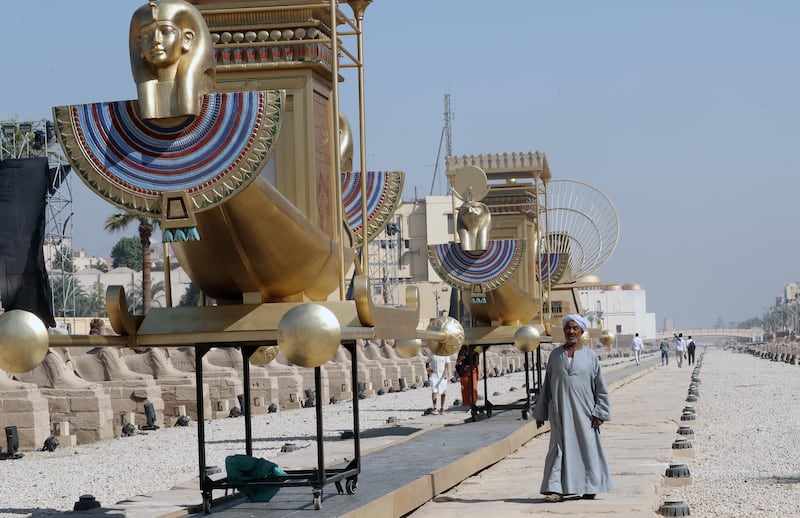After years of extensive renovations, the 2.7-kilometre Avenue of Sphinxes in Egypt's tourist destination of Luxor is once again open to visitors.
The ancient city in Upper Egypt experienced a slump in tourism over the past two years owing to the Covid-19 pandemic. It was a problem that officials endeavoured to fix with a grand reopening ceremony on Thursday night that was broadcast internationally to highlight Luxor’s historical sites.
Initial reactions suggest that they succeeded, with hundreds of visitors descending on the area on Friday.
Visitors starting down the avenue from its entrance at Luxor Temple can buy tickets that will allow them to see half the route. As they make their way north to Karnak they will have to buy another ticket that will allow them to enter the other half of the site. There they will be able to see all 100 hectares of the Karnak Complex, which houses some of the oldest pharaonic relics in Egypt.
Tickets to enter Karnak for foreign tourists cost 200 Egyptian pounds ($13) for adults and 100 pounds for children. Entry to the smaller Luxor Temple is a little cheaper, with tickets priced at 160 pounds for adults and 80 for children.
For Egyptians, tickets to enter either temple are 30 pounds for adults and 10 pounds for students.
Luxor itself is a small city, covering just over 400 square kilometres. However, much of that is agricultural land on the city’s western bank – the bulk of Luxor's pharaonic sites are in or near the centre, within a 10km radius encompassing both banks of the Nile.
Transport from the city’s relatively small international airport into the centre is available around the clock. Aside from regular shuttle buses that leave every hour, there are also taxis outside the airport that will carry tourists into Luxor for no more than 200 pounds.
Owing to its central location in Luxor, the Avenue of Sphinxes is surrounded by places to stay, from luxurious five-star hotels to local hostels that are much more affordable. Because tourism is the city’s bread and butter, all of its hotels are well serviced with tour guides. Day trips – including private tours – can be booked to see the city’s monuments.
Day trips organised by tour operators vary slightly. However, the price averages out at about $100 for an excursion to any of the sites.
Aside from the Avenue of Sphinxes and the temples it passes through, Luxor is home to other remarkable sites such as the Valley of the Kings, the home of King Tutankhamun’s famed tomb. Tickets to enter the valley cost 240 pounds.
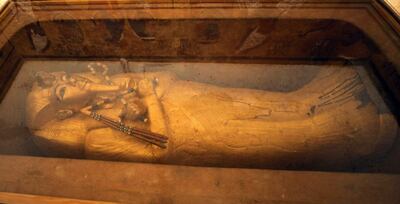
The valley also includes a number of other tombs that used to house the remains of some of Ancient Egypt’s most celebrated pharaohs.
In addition to two other temples on the avenue – one dedicated to the Moon god Khonsu and another to pharaonic matriarchal goddess Mut – the city’s other popular sites are the temple of Hatshepsut and an ancient workmen’s village called Deir El Medina. This once housed the craftsmen working on the Valley of the Kings.
The western bank is also the starting point for Luxor's famous balloon rides, which cost about $100 a person for foreigners. Egyptians are typically charged less. However, because there is no fixed price, a fair bit of haggling is permitted.
A sunrise hot-air balloon ride over the ancient city of Luxor
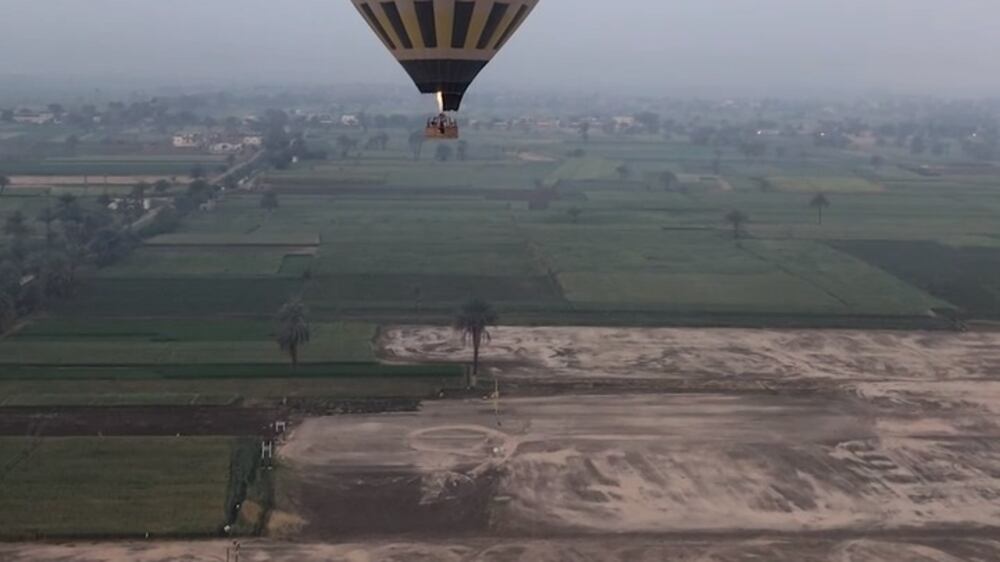
A Luxor tour guide told The National that visitors coming to the city from abroad should arrange all their visits with a local tour operator before their arrival. This is to avoid being charged exorbitant prices to see the landmarks.
Although the city does experience tourist footfall throughout the year, winter is the peak season. Most visitors like to come to Luxor in winter because the temperatures are bearable. However, the city gets quite cold during winter nights.
The avenue and the two temples it connects are the centrepieces of the city and much of Luxor's more recent residential buildings were built around the ancient monuments. This makes the newly reopened avenue one of the city’s most accessible sites.
Located right on the banks of the Nile, the avenue is also very near the tens of boats which tourists can hire for leisurely cruises in the river or use them as water taxis to cross to the western side.
The city's most expensive and most characteristic outings are Nile cruises which often take several days and carry tourists to the neighbouring city of Aswan, another of Upper Egypt's popular tourist destinations.
Cruises typically cost about $300 and last for three to four days. Aswan is about 240km south of Luxor.
Tourists arriving in Egypt do not need to be vaccinated. However, they do need to present a negative PCR test result taken at least 72 hours before arrival.
A Health Ministry hotline was opened earlier this year for tourists to use in the event of a Covid-19 infection. They will receive all care for free before they return home.
